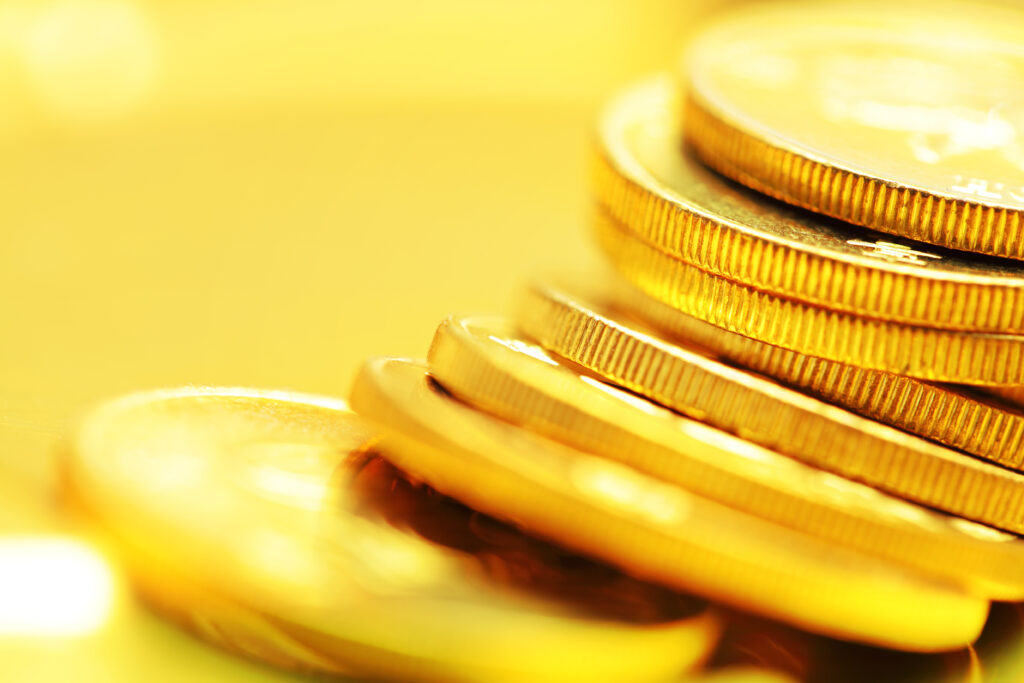Making Informed Decisions: Gold vs. Silver – Unlocking the Wisest Investment Amid Market Volatility
Explore the debate of gold vs. silver investments. Analyze the gold/silver ratio and make informed portfolio decisions.

When considering investments in precious metals, one of the most common questions investors face is the choice between gold vs. silver. Both metals have long been regarded as safe-haven assets, attracting those seeking to preserve wealth and hedge against inflation and economic uncertainties. Understanding their prospects and historical performance can help investors make well-informed decisions. A key metric, the gold/silver ratio, reflects the relative value of gold vs. silver and has historically shown significant fluctuations, providing insights into the attractiveness of each metal.
Analyzing the Gold/Silver Ratio: A Key Indicator
The gold/silver ratio is a fundamental metric used to compare the relative value of gold and silver. It represents how many ounces of silver are required to purchase one ounce of gold. Historically, this ratio has fluctuated significantly, offering insights into the relative attractiveness of each metal.
Over the past decade, the gold/silver ratio has generally moved higher since May 2011. At that time, silver reached nearly $50 per ounce, and the ratio bottomed at just under 40:1. However, the ratio topped out in 2020 at almost 120, indicating a significant disparity between the two metals. Today, it stands at about 78, remaining above some historical benchmarks.
The average gold/silver ratio over the past three decades is about 60, but looking back over the last 80 years, it has been under 40. Furthermore, the “natural ratio” for silver, estimated at 10, represents the proportion of silver in the Earth’s crust relative to gold. This suggests that silver could be undervalued compared to gold by historical standards.
Gold vs. Silver: Different Roles, Divergent Prospects
Both gold and silver prices tend to move in the same direction on any given day, but silver is generally more price-volatile than gold. While they often display a correlation, over time, their prices can diverge. This disparity in price movements presents investors with different investment opportunities and risk profiles.
Gold has historically been considered a monetary metal and a store of value. Central banks around the world hold gold as part of their reserves, particularly in times of economic uncertainty or monetary crises. It is also culturally embraced in many societies, particularly in regions like the Indian subcontinent, where citizens hold significant gold wealth.
Silver, on the other hand, has been used as money more frequently throughout history and is viewed by many populations worldwide as a good hedge against inflation. Additionally, silver has broad and growing industrial uses, making it an essential component in various high-tech applications, solar panels, healthcare products, and more. The growing demand for silver in industrial applications provides a baseline for investment demand.
Investment Outlook: Overweighting Silver with Caution
Given the gold/silver ratio’s historical patterns and silver’s broader industrial uses, some experts believe that silver looks relatively cheap compared to gold and could potentially outperform in the years ahead. Investors seeking to capitalize on potential growth opportunities may consider overweighting silver in their portfolios.
However, it is essential to acknowledge that silver is more volatile than gold. Investors with a higher risk tolerance and the ability to weather price fluctuations might find silver an attractive option. On the other hand, those who prefer a more stable and less volatile investment may lean toward gold.
In recent years, both gold and silver have seen increased investment demand as confidence in traditional currencies, like the US dollar, has declined. As investors seek alternatives to protect their wealth against inflation and economic uncertainties, precious metals have gained renewed attention.
The Role of Precious Metals in an Inflationary Environment
Inflationary pressures have become a concern for investors worldwide. During periods of rising inflation, precious metals like gold and silver often serve as effective hedges against currency devaluation and purchasing power erosion. As the Federal Reserve and other central banks continue their accommodative monetary policies, many investors view precious metals as a safeguard against potential currency debasement.
Understanding Risk and Diversification
When considering gold and silver as investments, it is essential to evaluate individual financial goals, risk tolerance, and overall portfolio diversification. While both metals offer potential benefits, they also carry risks and uncertainties.
Gold has historically been a reliable store of value, especially during times of economic instability and crises. Its established role as a safe-haven asset makes it a popular choice for risk-averse investors looking for stability and preservation of wealth.
Silver, with its unique industrial applications, offers growth potential beyond its role as a store of value. However, its price volatility requires investors to be cautious and prepared for market swings.
Diversifying a portfolio with both gold and silver can provide a balanced approach to precious metals investment. Allocating a portion of investments to each metal can help mitigate risks and take advantage of their respective strengths.
Conclusion
The choice between investing in gold or silver ultimately depends on individual financial goals, risk appetite, and outlook on the global economy. Both metals offer unique attributes that make them attractive investment options in various market conditions.
For those seeking a reliable safe-haven asset with a history of preserving wealth, gold may be the preferred choice. Investors with a higher risk tolerance and interest in industrial demand may find silver a compelling addition to their portfolios.
As the global economic landscape continues to evolve, investors should stay informed about economic indicators, monetary policies, and geopolitical developments. Precious metals like gold and silver can play a vital role in protecting wealth and providing potential growth opportunities in an inflationary environment.
In the end, a well-informed and balanced approach to precious metals investment can help navigate uncertainties and make wise investment decisions, regardless of whether one chooses gold, silver, or both, as part of their portfolio strategy.
Click here to read our latest article on AUD/USD Surge







